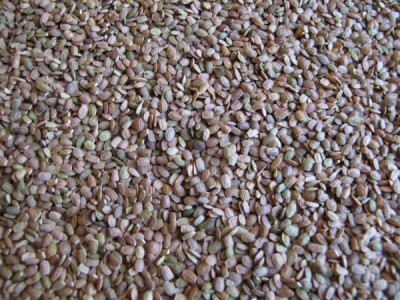SARADELLA
Serradella is an annual forage pulse species. It is, in principle, single-cut but it has the ability to re-grow once, in favorable temperature and moisture conditions. The root system of Serradella is profusely branched. Its stem is thin, Spender and arborescent, semi-erect in the initial phases of vegetation, and often prostrate in full bloom. Serradella has many important advantages as a forage plant. First and foremost, it is one of the few species thriving on light and acidic soils. It provides valuable fodder with a high protein content in the green feed, which is also rich in vitamins and minerals, especially calcium and phosphorus. Serradella forage does not contain any substances deemed detrimental to animals, and it does not cause bloating. The leaves and stems of Serradella are fine and easily digestible, so it is readily eaten by all herbivores. The high nutritive value is typical not only for green feed, but also for the soft and delicate hay, silage and chaff. Serradella is very suitable for grazing and quite tolerant to trampling. It is tolerant to frosts, and it can stay in the field until c.a. 15 of October.
Serradella leaves the soil in very good structural condition, enriched with nitrogen compounds. Harvest residues of Serradella constitute valuable organic matter, which fertilizes the soil. It has particular significance in cereal cop rotation on light soils. Serradella is inferior to other forage species in terms of yield mass and yield stability. For this reason it is not normally grown as a main crop.
The forage and fertilizing qualities of serradella speak in favor of planting it under cover crop or as stubble after crop.







